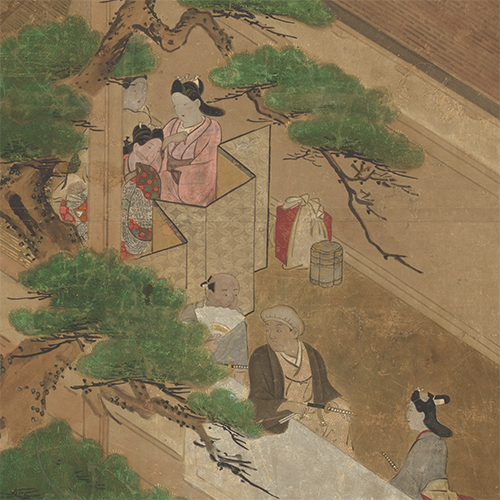A Hishikawa School Screen Uncovered
DOI:
https://doi.org/10.52476/trb.9733Abstract
The restoration of a Japanese eight-fold screen, accompanied by art-historical study and research into materials and techniques has greatly enhanced the understanding of the object. Each side bears a painting and it was found that the
oldest painting depicts the world of entertainment in Edo in the late seventeenth century, with a portrayal of the Nakamura theatre, holding a performance of the early kabuki play Coming and Going to Takayasu, featuring the then popular actor of women’s roles Tamagawa Sennojō. The source of this scene is an illustration from a 1678 book by Hishikawa Moronobu, Tales of Actors Past and Present. Also, there is an outing to view the cherry blossoms by the Yoshiwara brothel Myōgaya. The other side was fitted in the mid nineteenth century with a specially commissioned painting of an autumn landscape by the painter Itabashi Tsurao, using high-quality pigments. The provenance of the screen has been traced back to 1924, to the dealer Felix Tikotin. It was acquired by Herman Karel Westendorp, the first
chairman of the Royal Asian Art Society in the Netherlands, the present owner, to whom Westendorp sold it in 1931.
Downloads







